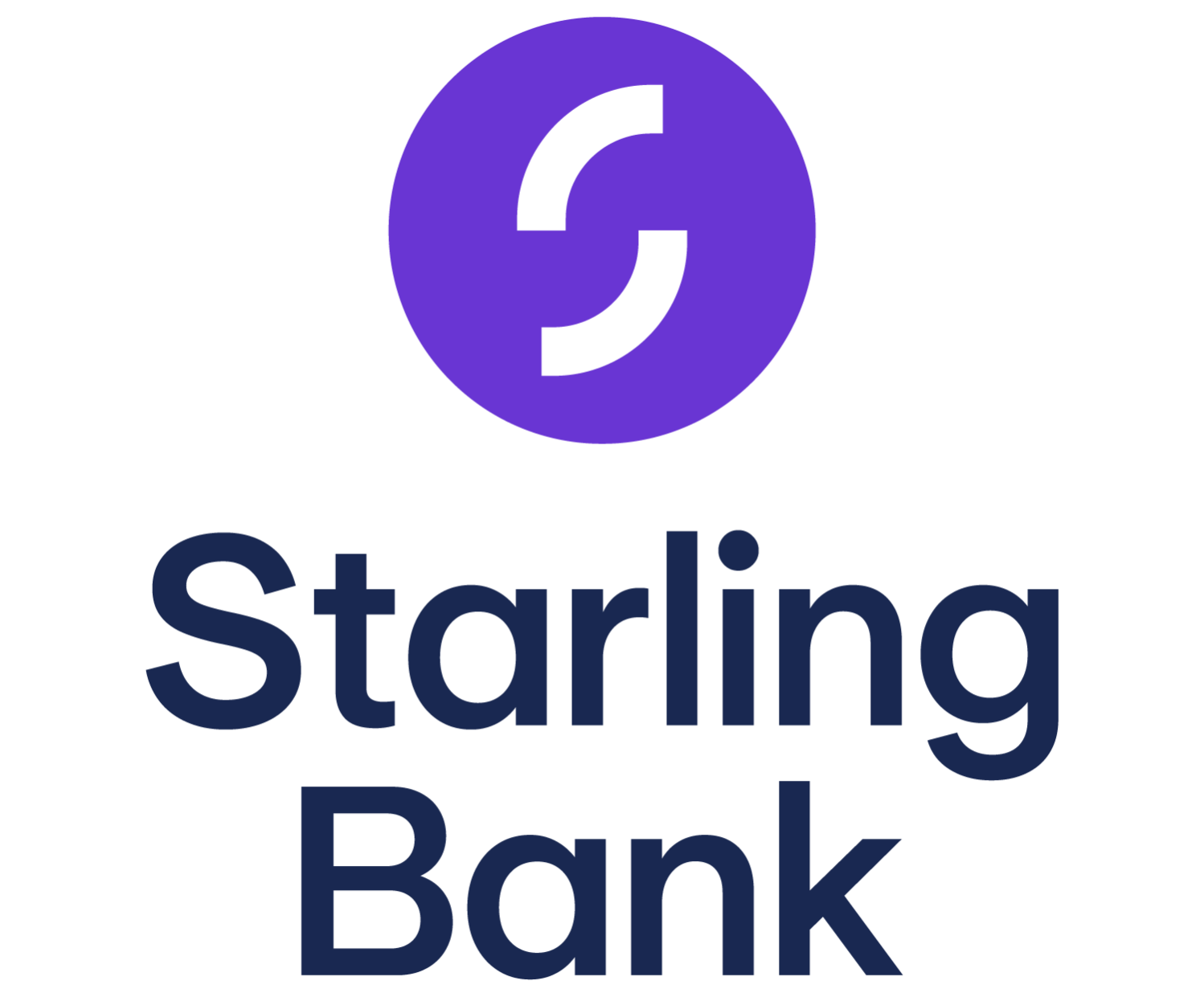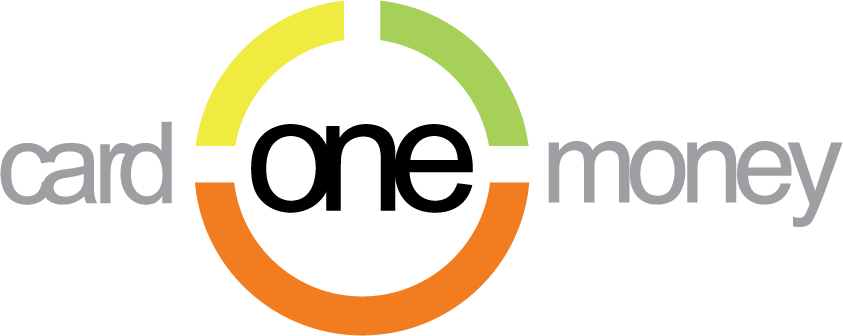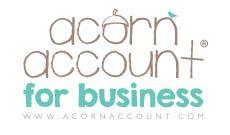A good business account is the foundation for your business, regardless of its size. Remember that most accounts require applicants to be at least 18 years old.
Leading providers
We only compare a select number of providers in each business category. Our goal is to provide you with a list of high quality suppliers to choose from.








